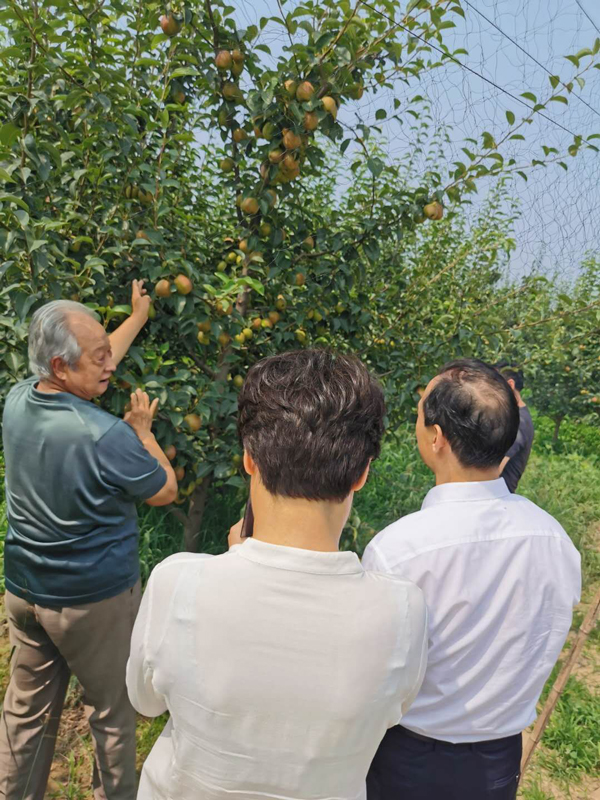אוג . 11, 2024 17:22 Back to list
The Role of Plum Pollen in Enhancing Pollination Efficiency and Fruit Development Strategies
The Role of Plum Pollen in Pollination
Pollination is a vital ecological process that involves the transfer of pollen from the male part of a flower to the female part. This process is crucial for the reproduction of many plants, including fruit trees like plums. Plum pollen plays an essential role not only in the life cycle of the plum tree but also in supporting biodiversity and agriculture.
The Role of Plum Pollen in Pollination
The structure of plum flowers is particularly adapted for attracting pollinators. The flowers bloom in early spring, coinciding with the period when many bee species emerge from hibernation. The vibrant colors and sweet fragrance of plum blossoms serve as beacons for these pollinators. When bees visit the flowers to collect nectar, they inadvertently pick up plum pollen on their bodies. As they move from flower to flower, they facilitate the transfer of pollen, thus aiding in the fertilization of the ovules.
plum pollen for pollination

One of the fascinating aspects of plum pollen is its nutritional value. Plum pollen is rich in proteins, amino acids, and sugars, making it an excellent food source for bees. Studies have shown that bees thrive better on pollen from certain flower species, and plum pollen is no exception. The abundance of plum pollen in the spring contributes to the overall health of bee colonies, helping them establish strong populations that can later support the pollination of other crops.
However, the health of plum trees and their role in the ecosystem face challenges. Urbanization, pesticide use, and climate change significantly impact both the plum trees and their pollinators. The loss of habitat has led to a decline in bee populations, making it crucial for farmers and gardeners to adopt practices that promote pollinator health. This includes creating a more pollinator-friendly landscape by planting a diversity of flowering plants, reducing pesticide use, and providing nesting habitats for bees.
Furthermore, breeding programs aimed at developing new plum varieties often consider the characteristics of their pollen. Some plum cultivars are specifically bred for their ability to produce high-quality pollen, which can enhance cross-pollination efficiency. For gardeners and farmers, selecting the right combination of plum varieties can lead to improved yields and fruit quality.
In summary, plum pollen is a critical component of the pollination process for plum trees, impacting not only their reproductive success but also the broader ecosystem. As pollinators like bees play an essential role in this process, protecting and supporting their populations is vital for sustainable agriculture and biodiversity. By understanding and promoting the significance of plum pollen in pollination, we can help ensure the flourishing of not just plum trees but the myriad of plants that rely on similar ecological interactions.
-
Pollen Peach Tree for Pure Pollination and High-Quality Peach Pollen
NewsJul.30,2025
-
Premium Cherry Pollen for Pure Pollination & Different Types
NewsJul.30,2025
-
Artificial Pollination Solutions for Various Plant Pollen Types
NewsJul.29,2025
-
Artificial Pollination Solutions for All Plant Pollen Types
NewsJul.29,2025
-
Premium Plant Pollen for Pure Pollination & Pollen Block Solutions
NewsJul.29,2025
-
Artificial Pollination Solutions for Efficient Crop Yields
NewsJul.28,2025